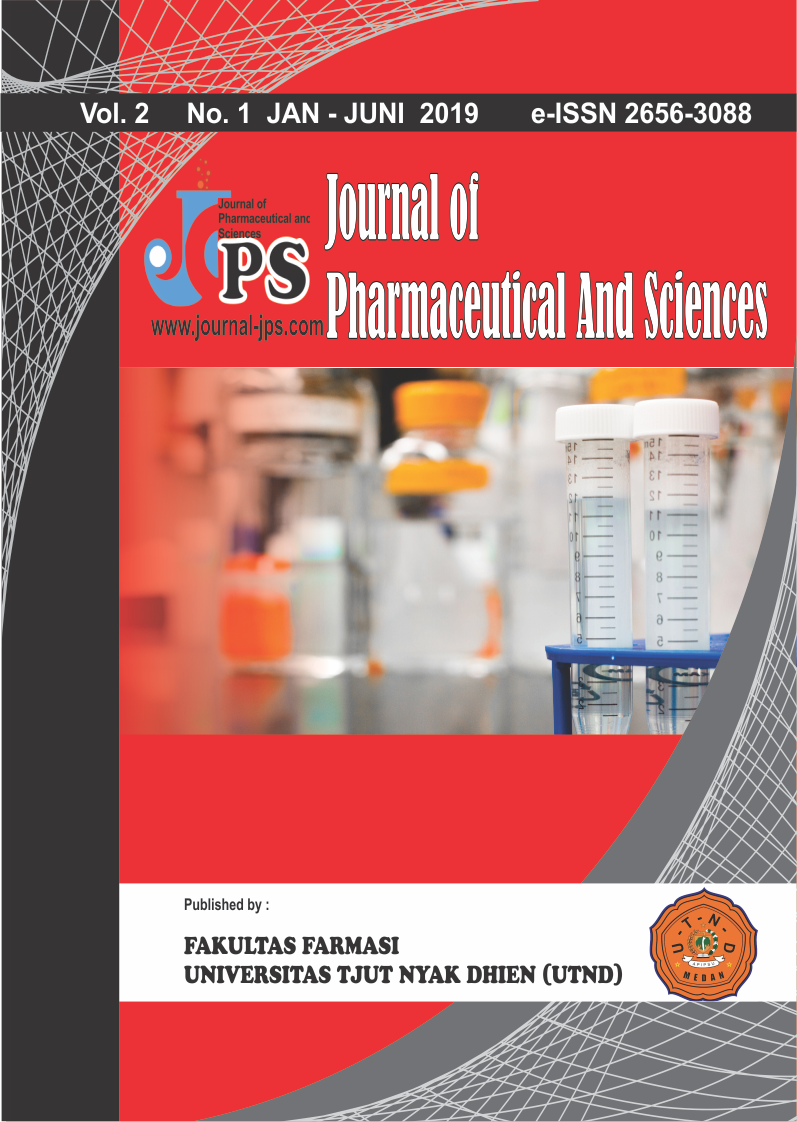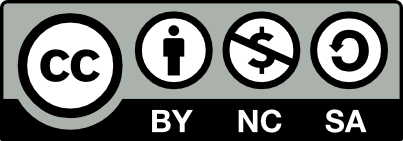Ahmad I, Beg AZ. (2001). Antimicrobial and phytochemical studies on 45 Indian medicinal plants against multi-drug resistant human pathogens. J Ethnopharmacol. 74(2): 113–123.
Aydin, S., A Ciltas, H. Yetim, and I. Akyurt. (2005). Clinical, Pathology and Haematological Effect of Micrococcus luteus in Rainbow Trout (Oncorhyncus mykiss Walbaum). J. Animal and Veterinary Advances. 4 (2): 167-174.
Betnina, V. (1973). Bioautography in Paper and Thin Layer Chromatography and Its Scope in The Antibiotic Field. J. Chromatography (78) : 31-34.
Bhatia, A. and Zahoor, S. (2007). Staphylococcus aureus Enterotoxins: A Review. J. Clinical and Diagnostic Research. (2): 188-197.
Brooks G.F., Butel J.S., Morse S.A. (2001). Medical Microbiology. 22nd ed. USA: Appleton & Lange. 225 – 227.
Brooks, F.G., Bulel, S.J., Merse, A.S. (2005). Mikrobiologi Kedokteran. Jakarta : Salemba Medika.
Dharmojono. (2001). Lima belas Penyakit Menular dari Binatang ke Manusia. Jakarta : Milenia Populer.
Djide, N., Sartini, Kadir, S. (2006). Analisis Mikrobiologi Farmasi. Makassar : Laboratorium Mikrobiologi Farmasi F-MIPA UNHAS.
Ferrari PHP, Cai S, Bombama AC. (2005). Effect of Endodontic Procedures on Enterococci, Enteric Bacteria and Yeast in Primary Endodontic Infections. J. International Endodontic. (38): 372 – 80.
Gomes NV, Filho EDG, Gomes. (2005). Recovery of Enterococcus faecalis after single or multiple visit root canal treatments carried out in infected teeth ex vivo. J. International Endodontic. (38): 697 – 704.
Gopalakrishnan, S. & Vadivel, E. (2010). GC-MS Analysis of some bioactive constituents of Mussaenda frondosa linn. International Journal Of Pharma And BioSciences, 2, 1.
Grosvenor, P. W., Supriono, A., & Gray, D. O. (1995). Medicinal plants from Riau Province, Sumatra, Indonesia. Part 2: antibacterial and antifungal activity. Journal of Ethnopharmacology, 45, 97-111.
Hemaiswarya S, Kruthiventi AK, Doble M. (2008). Synergism between natural products and antibiotics against infectious diseases. Phytomedicine. 15(8): 639–652.
Huh AJ, Kwon YJ. ( 2011)“Nanoantibiotics”: A new paradigm for treating infectious diseases using nanomaterials in the antibiotics resistant era. J Control Release. 156(2): 128–145.
Jawetz, E., Melnick, J.L., Adelberg, E.A., Brooks, G. F., Butel, J.S., Ornston, L. N. (2001). Review of medical microbiology ed. 10. San Francisco: University of California.
Jawetz. J.E. (1992). Mikrobiologi untuk Profesi Kesehatan, Ed. 16. University of California, San Francisco.
Kayser, F.H., Bienz, K.A., Eckert, J., Zinkernagel, R.M. (2005). Medical Microbiology. Germany : Georg Thieme Verlag.
Kim J.E., H.E Kim, J.K Kwang, H.J Lee, H.K Kwon, B.I Kim. (2008). Antibacterial Characteristic of Curcuma xanthorrhiza Extract on Streptococcus mutans. J. Microbiology; 46(2): 228-232.
Montville, T.J., and Matthews, K.R. (2008). Food Microbiology: An introduction. Washington D.C: ASM Press.
Munuswamy H, Thirunavukkarasu T, Rajamani S, Elumalai EK, Ernest D. (2000)A review on antimicrobial efficacy of some traditional medicinal plants in Tamilnadu. J Acute Dis. 2(2), 99–105.
Nikham. (2006). Kepekaan Staphylococcus aureus, Staphylococcus epidermidis dan Pseudomonas aeruginosa terhadap Ekstrak Daun Legundi (Vitex trifolia Linn.) Iradiasi. Jakarta : Batan.
Nychas, G.J.E. and Tassou, C.C. (1999). Preservatives: Traditional Preservatives-Oiland Spices In Encyclopedia Of Food Microbiology. London : Academica Press.
Putra, D.P, Fatra, H.A., & Bakhtiar, A. (2010). Isolasi senyawa antioksidan dari kelopak bunga nusa indah (Mussaeda frondosa L.). Jurnal Farmasi Indonesia, 5, 1.
Reeves, D.S., Phillips, I., Williams, J.D., Wise, R. (1978). Laboratory Methods in Antimicrobial Chemotherapy. New York: Churchill Livingstone.
Syafni, N., Putra, D.P., Arbain, D. (2012). 3,4-Dihygroxybenzoicacid and 3,4-dihhidrobenzaldehyde from the fern Trichomanes chinense L; Isolation, antimicrobial and antioxidant properties. Indo. J. Chem.12(3). 273-278.
Vidyalakshmi, K.S., Hannah, R., Vasanthi, H.R., Rajamanickam, G.V. (2008). Ethnobotany, phytochemistry and pharmacology of Mussaenda Species (Rubiaceae). Ethnobotanical Leaflets, 12, 469-475.
Zuorro, A., Fidaleo, M., Lavecchia, R. 2010. Solubility Enhancement and Antibacterial Activity of Chloramphenicol Includedi
n Modified β-Cyclodextrins. J. Korean Chem (31) 11.


